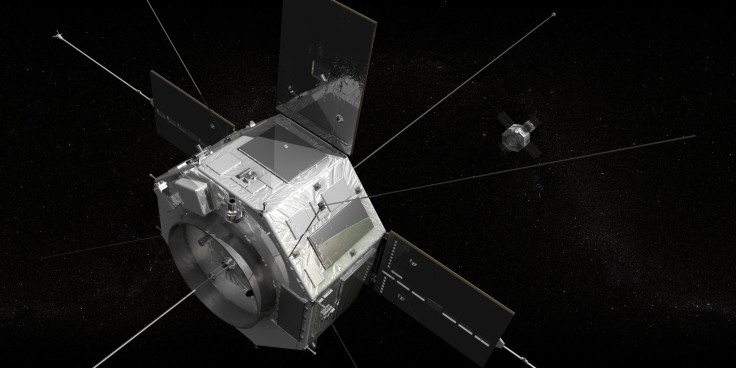Local Energy Within Earth’s Radiation Belts Accelerates Particles To More Than The Speed Of Light

New results from NASA's Van Allen Probes have helped scientists discover the reason behind the speed of fast-moving, or supercharged, particles in the heart of Earth’s Van Allen radiation belts, providing insight that could help make better predictions about weather in the exosphere.
According to scientists, they were look for “something” in space and found particles in the radiation belts moving at a speed that was more than 99 percent the speed of light. The latest findings have revealed that some local kicks of energy from within the belts are responsible for the speed of particles inside the belts, similar to the way warm ocean water can fuel a hurricane above it.
The source of the activity, scientists found, is a region of intense electromagnetic waves tapping energy from other particles located in the same region, which runs along the equator, with the nearest and most intense belt extending from about 600 miles to 3,700 miles above the earth.
"Until the 1990s, we thought the Van Allen belts were pretty well-behaved and changed slowly," Geoff Reeves, lead author on the paper and a radiation belt scientist at Los Alamos National Laboratory in Los Alamos, N.M., said in a statement. "With more and more measurements, however, we realized how quickly and unpredictably the radiation belts change. They are basically never in equilibrium, but in a constant state of change."
Scientists said that knowing the exact site of the particle acceleration could help them make better predictions about weather in space, which would be helpful to satellites orbiting near the Earth as they are vulnerable to changes in the radiation belts.
According to the results, published in Science magazine on Thursday, the Van Allen Probes, consisting of two spacecraft, could distinguish between two broad possibilities that might have accelerated the particles: radial acceleration or local acceleration.
Scientists observed a rapid energy increase of high-energy electrons in the radiation belts on Oct. 9, 2012. If the acceleration of these electrons was occurring due to radial transport, effects could be measured far from Earth and moving inward due to the shape and strength of the surrounding magnetic fields.
However, the observations did not show such intensification in particle energy. Instead, they showed a boost in energy that started right in the middle of the radiation belts and slowly spread inward and outward, an activity that implied a local acceleration source, scientists said.
Although the research reveals that the local energy comes from electromagnetic waves coursing through the belts, it is yet to be determined exactly which waves might be the cause of such acceleration.
NASA’s Van Allen Probes, formerly known as the Radiation Belt Storm Probes, were launched in August 2012. The probes include two satellites, with nearly identical eccentric orbits, which simultaneously study the Earth’s radiation belts from different locations and viewing angles.
© Copyright IBTimes 2024. All rights reserved.






















